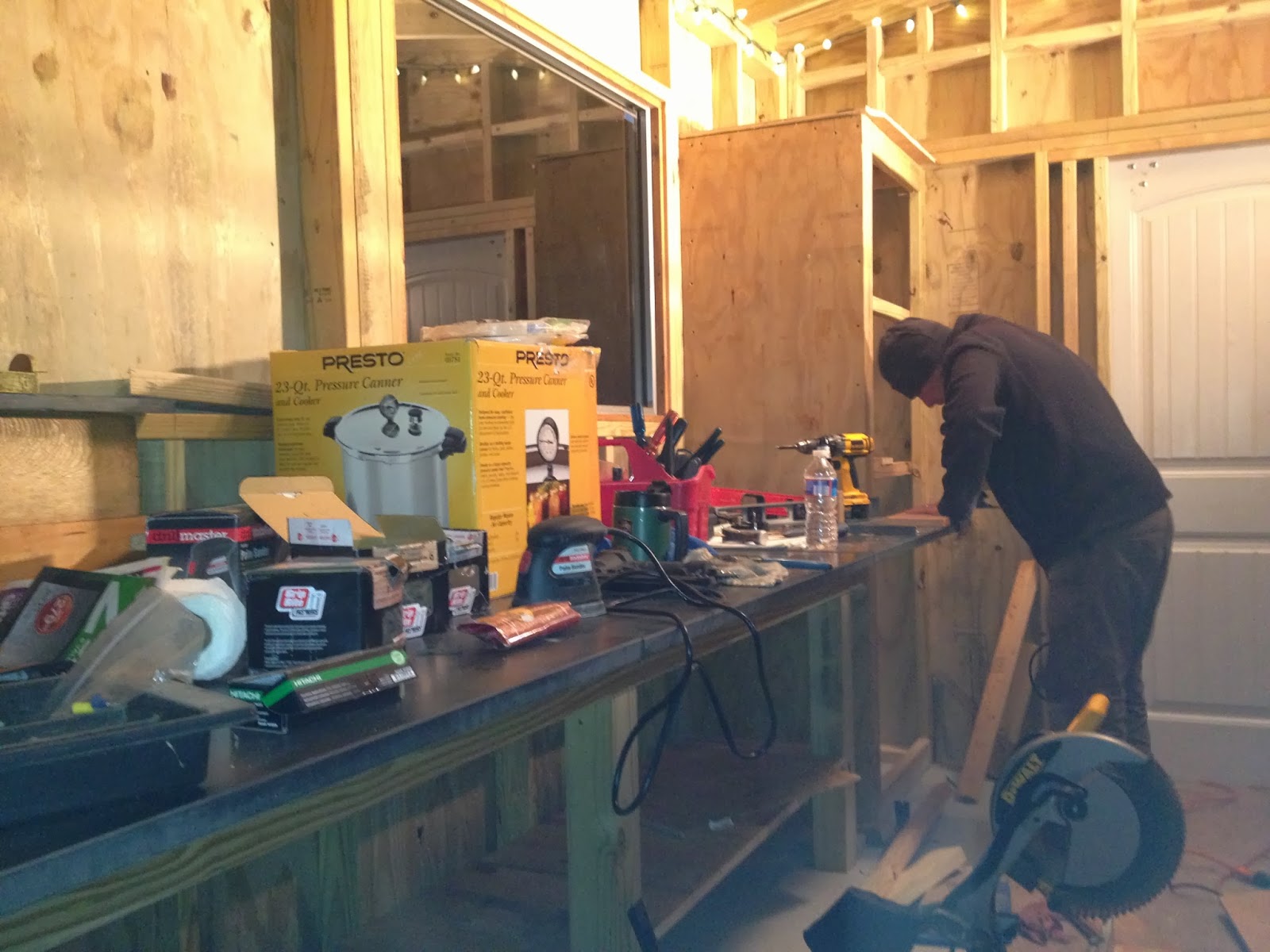I started making compost tea a few weeks ago. It turns out to be really easy and seems to be worth the effort. The plants seem to have responded really well after watering them with the tea. They look more healthy and green, the stalks seem more sturdy and the leaves more perky. From what I have read about it, the beneficial microbes help form a waxy protective substance on the leaves that will deter most pests and protect the plant from disease.
So far, I have been brewing in a 5 gallon bucket with an air pump hooked to a bucket aerator. I mix about 2 cups of earthworms castings, 1/4 cup of organic unsulfured molasses, 1 ounce of liquid karma, 1 tablespoon each of humic acid and superthrive. Then I let it aerate (make tea) for about 24 hours. Then carefully pour or spray it on the plants. The molasses is a crucial part because the natural sugars feed the aerobic bacteria and make them multiply greatly in numbers. The other items are not as crucial. You can use regular compost in a netted bag instead of the castings to save money. The other things I add are just some ideas I came up with researching how to make the tea on the internet. Of course, there are alot of products out there, some specific to certain plants such as BU's Biodianamic Compost for Tomatoes that you might want to try. I bought some of it but haven't tried it yet because its winter and I have no tomatoes yet. You can also add some natural fertilizer such as liquid kelp, bloodmeal, bonemeal, etc. to help boost your plants. My plan is to try and add the tea to all my plants once a week.This spring, I will construct a 25 gallon compost tea maker for the garden using a 32 gallon garbage can, PVC piping and a much larger air pump and tea bag. That should help to cover the entire garden once a week with the tea.
If you are going to try and make you own compost tea, make sure you start with unchlorinated water and aerate the tea 24 hours and use it within 6 hours because you only want the beneficial aerobic bacteria getting to the plants and their roots. Chlorinated water will kill the beneficial microbes. I have an attachment to my hose that removes chlorine but you can also let the water sit 24 hours for it to dissipate or aerate just the water a few hours and that should do the trick. The aerobic bacteria helps the plants to take up more nutrients, carbon dioxide and protects it from diseases and pests. On the other hand, anaerobic bacteria is bad for the soil, plants and possibly those who eat them. It can spread disease, ruin the soil and kill the plants so don't let the water sit more than 6 hours.
I also recently purchased the Worm Factory and ordered 1000 red wiggler composting worms from Uncle Jim's Worm Farm. I am hoping this system works to create my own worm castings since buying it by the bag gets expensive. I have the bin set up under the plant tables in the greenhouse since it is really cold outside. The directions say you can also keep it in a garage or indoors but I am not a big fan of worms and gnats in the house. Although I have only been using it a couple of weeks, I have seen a few gnats in the bin but they do not seem to be interested in leaving the bin and flying around the greenhouse. I will update this post later this spring or beginning of summer to report how this is going.
Some good links to products I use and information:
Videos:
Compost Tea for growing BIG vegetables
Plans:
Plans for 25 gallon brewer
Products:




















